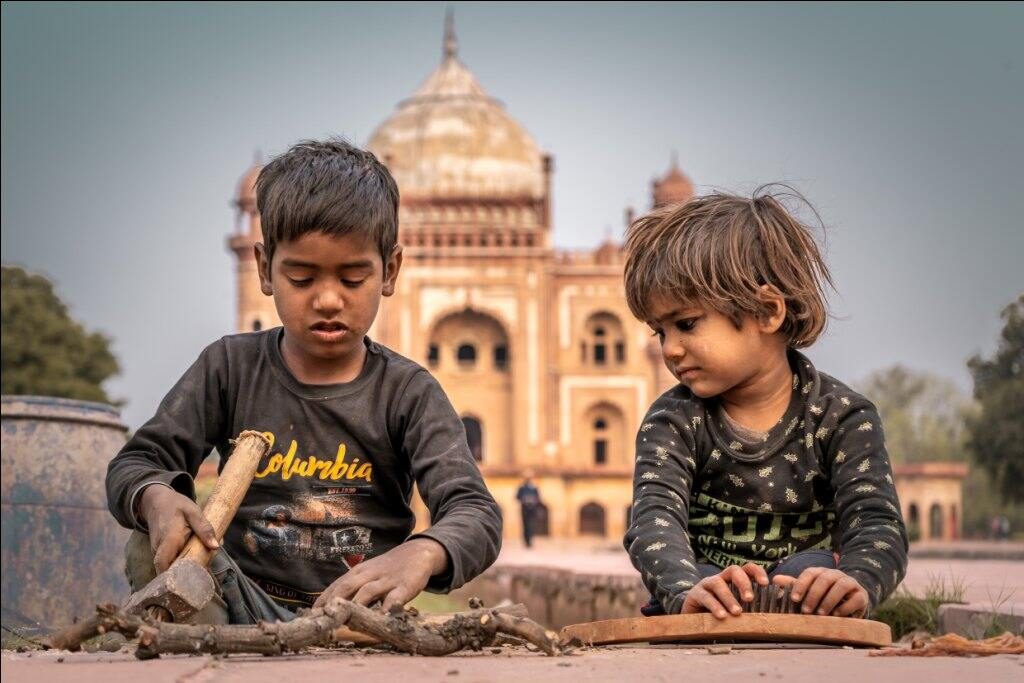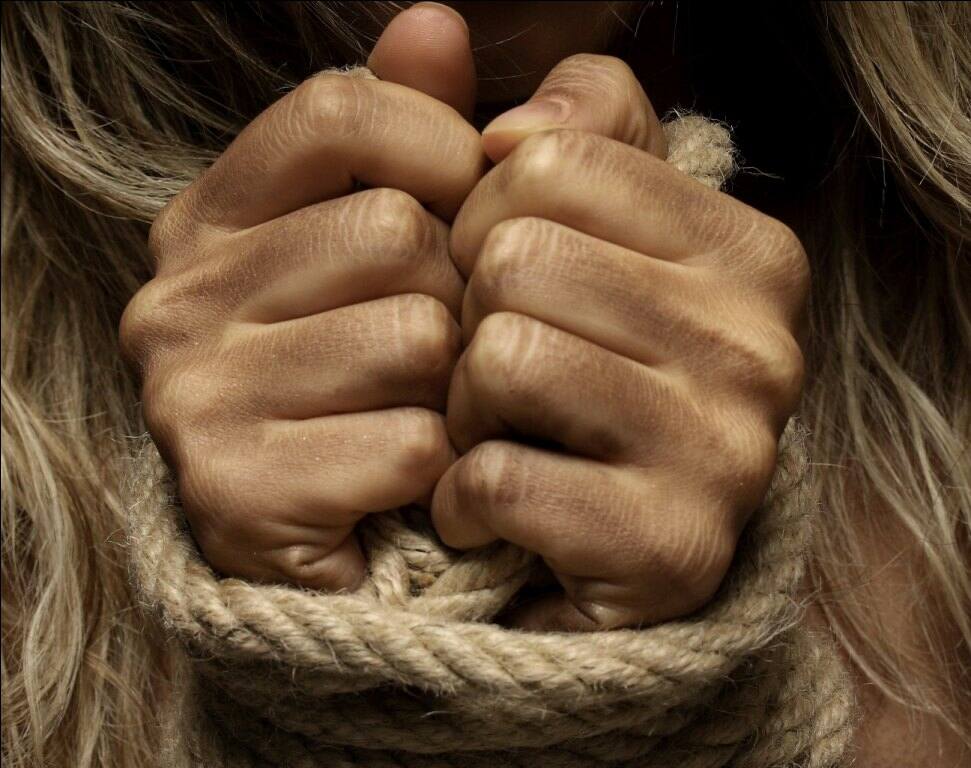According to the United Nations, “Human trafficking is the recruitment, transport, transfer, harbouring or receipt of a person by such means as threat or use of force or other forms of coercion, abduction, fraud or deception for the purpose of exploitation.”
Victims of trafficking can be of any age, any gender and can belong to any part of the world. However, women and girls are more vulnerable and continue to be the primary targets as per the United Nations Office on Drugs and Crime’s (UNODC) “2022 Global Report on Trafficking in Persons” which is compiled using official figures from over 141 countries. According to the report, the share of children among detected trafficking victims has tripled while the share of boys has increased five times over the past 15 years. “Globally, one in every three victims detected is a child,” says the report informing that girls are mainly trafficked for sexual exploitation, while boys are used for forced labour. Another shocking revelation made by the report is that the share of detected male victims has gone up from around 10 per cent in 2003 to 40 per cent in 2020.
Forms of Human Trafficking
The various forms of human trafficking include pushing the victim into flesh trade, entertainment and hospitality industries, and using them as domestic workers or in forced marriages as per the UNDOC. Victims are also coerced to having their organs removed for organ trafficking and take part in criminal activities. Trafficked victims are almost used as slaves and forced to work in factories, on construction sites or in the agricultural sector with very little payment or without pay. They are often made to live in horrific conditions and live in constant fear of the perpetrator.
How Traffickers Lure Victims Online
With increasing dependence on digital in every aspect of life in the present time, Human trafficking organisations are also adopting measures to lure victims online. Online platforms and especially social media are used by such organisations to recruit victims for sexual exploitation, forced labour and other kinds of slavery.
A very commonly used tactic is deception, where traffickers lure victims by offering them a better life, education, employment or marriage. Not just false promises for a better life, fake offers of highly-paid jobs often in foreign countries are also used as a trap.
Traffickers also take advantage of a person’s weaknesses and sentiments like being unhappy in personal or professional life, a person who is misunderstood by his or her family members, someone who is currently single and looking for a life partner or unhappy with the way they look. Through online chatting, traffickers try to pose as real friends and show sympathy to the potential victim and strike a conversation by using lines like “I understand your problem” or “you are a very nice person” or “can we be friends”.
Research has shown that there are victims lured by traffickers online never met them face to face but still got trafficked!
Luring Children Online
Luring children online is even easier as compared to adults and children are highly vulnerable. Social media is a preferred weapon especially for sex traffickers. Posing as a true friend or pretending to be someone the child knows, traffickers try to get familiar with the child and gradually engage with them in conversations regarding sexual activities and also share explicit images or videos with kids. Traffickers may threaten to harm the child or their family members and force the child to meet their demands. Children suffering from low self-esteem, emotional distress, or seeking attention are easy prey.
Traffickers always use multiple fake social media profiles to target potential victims be it adults or children. Not only social media, chat rooms and online gaming communities are used as platforms to look for potential victims. Victims are blackmailed through morphed images of pornography using their face or threatened with dire consequences and forced to meet the trafficker face to face or act as per their instruction.
Human Trafficking in India
According to the latest report of the National Crime Records Bureau (NCRB), Odisha ranks first with the highest number of victims of human trafficking in the country in 2022. A total of 1,120 victims have been trafficked in the state in 2022 with 502 of them being women and 353 minors. The NCRB report reveals forced labour as one of the main factors behind human trafficking. In the case of Odisha, victims were forced to migrate to other states as labourers to look for employment.
According to the NCRB 2022 Report, Odisha is followed by Maharashtra with 805 victims. Bihar ranks 3rd with 751 victims, Telangana is 4th with 704 victims, at rank 5 is Delhi with 687 victims, Rajasthan is at number 6 with 461 victims and Andhra Pradesh ranks 7th with 293 trafficked victims.



